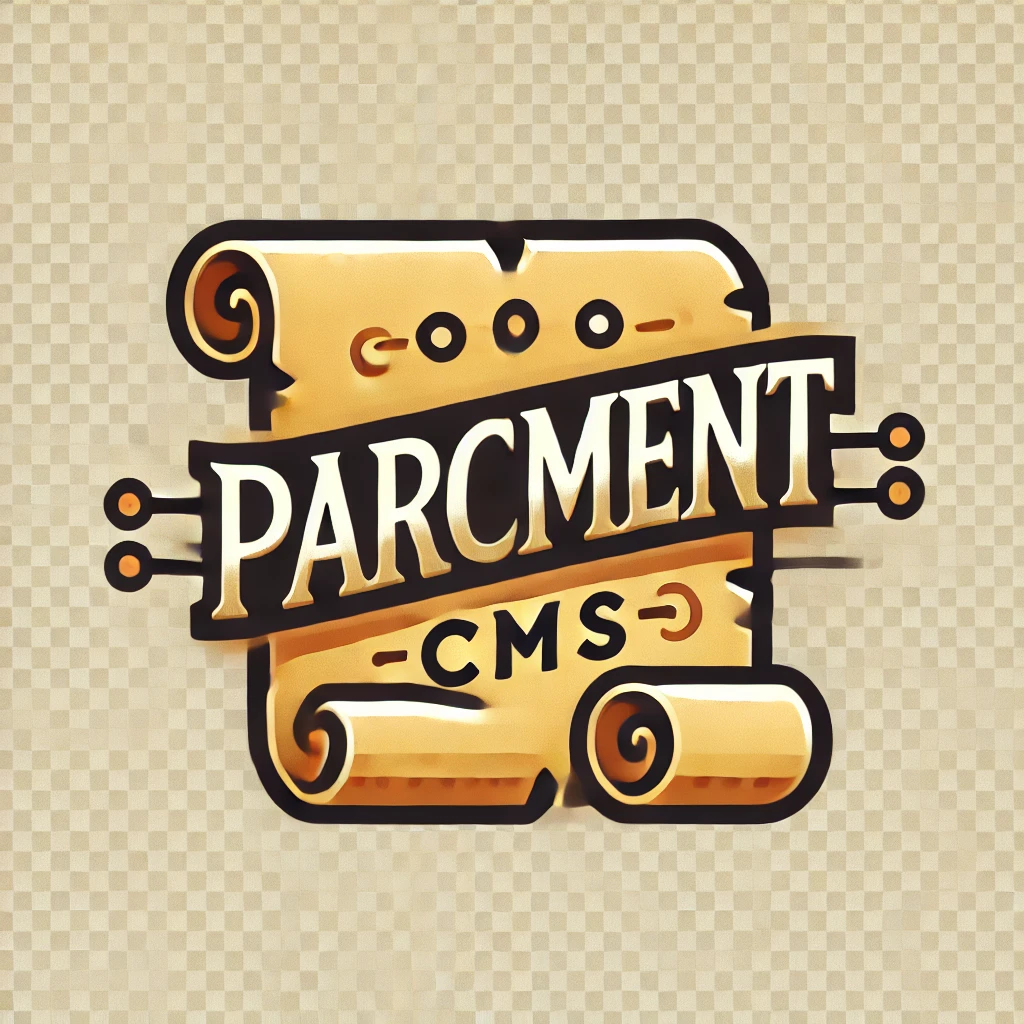
This is a toy project for a headless CMS built with NestJS and MongoDB, enabling users to create, delete, and partially manage their posts, establish relationships between them, and engage in discussions through comments.
To get started with this project, you can choose to either run the project natively on your machine, or with Docker.
To run the project natively, you will need to have Node.js v22.9.0 or higher and npm v10.8.3 or higher installed on your machine.
- 🍴 Clone this repository to your local machine.
- 💻 Run
npm installto install the necessary dependencies. - 🚀 Start a MongoDB instance on your machine by following the instructions provided by MongoDB for your specific operating system. You can download the MongoDB Community Server from here.
- 📝 Rename .env.example to .env and replace the values with your own MongoDB connection details and desired api port.
- 🚀 Run
npm startto start the server.
To run the project with Docker, you will need to have Docker installed on your machine.
- 🍴 Clone this repository to your local machine.
- 📝 Copy the .env.example file and rename it to .env. Open the .env file and specify the desired values for MONGODB_URI and PORT variables.
For example:
# The MongoDB connection string for the BlogPost database MONGODB_URI="mongodb://mongodb/test" # The port on which the Blog CMS API will run PORT="3000" # The seed string to be used for the JwtStrategy JWT_SECRET="42" - 🐳 Run
docker compose buildto build the containers. - 🐳 Run
docker compose upto start the containers. - 🌍 The API will be available at
http://localhost:3000/.
Once the server is running, you can use the following endpoints to manage your blog posts:
GET /api/v1/posts: Returns a list of all posts.POST /api/v1/posts: Creates a new post.GET /api/v1/posts?page&limit: Get Posts with pagination based on created date.GET /api/v1/posts?slug=:slug: Returns a specific post by slug.GET /api/v1/posts/:id: Returns a specific post by post ID.DELETE /api/v1/posts/:id: Deletes a post by post ID.GET /api/v1/posts/:id/relations: Returns relationship posts by post IDPOST /api/v1/posts/relation/?sourcePostId&relationPostId: Sets a relationship between two posts.GET /heath: Returns useful system information, such as server uptime and memory usage. This endpoint can be used to monitor the health of the application.
Note: The current pagination implementation is based on the page and limit query parameters and orders the results based on created date in ascending order.
Here are some potential improvements that could be made to this project:
- Add support for updating post content
- Add support for media uploads (images, videos, etc.).
- Add support for more auth providers (Auth0,OAuth2 etc)
- Create a frontend interface for post management.
- Implement a more robust pagination solution that allows for custom sorting and filtering.
- Add support for different languages and locales.
- Write jest tests
- Add a process manager
- Add Github Actions to publish image to Docker Hub, Github Registry etc.
Here are the tasks that have already been completed in this project:
- ✅ Further optimize the Docker images to reduce size, making the deployment process faster and more efficient.
- ✅ Rewrite the project in TypeScript for better type safety.
- ✅ Refactor the project using the NestJs framework for better code organization and modularity.
- ✅ Add support for comments in each post: Users and non-users can add comments to posts and engage in discussions.
- ✅ Implement authentication to secure the API.
- ✅ Add support for user: Users can create accounts, log in, and manage their profile.
- ✅ Have multiple users create their own posts: Each user can create their own posts and manage them.
Contributions to this project are welcome! If you have any suggestions, bug reports, or feature requests, please open an issue or submit a pull request.
This project is licensed under the Apache License, Version 2.0. See the LICENSE file for details.
